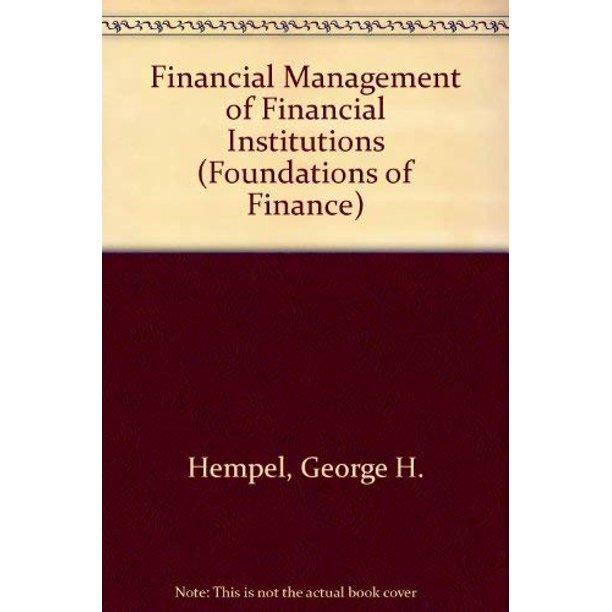Answered step by step
Verified Expert Solution
Question
1 Approved Answer
Amber plc operates a daily return high-speed train service between the UK and mainland Europe, via the Channel Tunnel. In an attempt to reduce overheads,
Amber plc operates a daily return high-speed train service between the UK and mainland Europe, via the Channel Tunnel. In an attempt to reduce overheads, the company is considering using an outside supplier to take over responsibility for all on-train catering services. Amber invited tenders for a five-year contract, and at the same time the senior management accountant drafted a schedule of costs for in-house provision of an equivalent service. This cost schedule, together with the details of the lowest price tender which was received, are given below (see Table 1 and additional information).
Table 1: In-house provision of train catering services
Schedule of costs, Amber plc
Variable costs
Pence per
sales revenue
Direct material 55 Variable overhead 12
Fixed costs (allocated to products)
Labour (Year 1) 10 Purchase/storage management 3 Depreciation (catering equipment) 4 Insurance 2
Total cost 86
The train service operates 360 days per year and a single restaurant carriage is adequate to service the catering needs of a train carrying up to 600 passengers. The tendered contract (and the in-house schedule of costs) is for the provision of one catering carriage per train. Past sales data indicate that 45% of passengers will use the catering service, spending an average of 4.50 each per single journey or 9.00 per return journey. This is expected to remain unchanged over the next five years, unless Amber invests in quality improvements.
Statistical forecasts of the level of demand for the train service, under differing average weather conditions and average exchange rates over the next five years, are shown in Table 2.
Table 2: Forecast passenger figures (per single journey)
UK weather conditions
Exchange rate: per 1 Poor 1.52 500 1.54 550 1.65 600
Reasonable
460 520 580
Good
420 450 500
AGEMENT
Based on historical trends, the probability of each different exchange rate occurring is estimated as follows:
Exchange rate per 1 Probability 1.52 0.2
1.54 0.5
1.65 0.3
Additional information
(i) Labour costs are expected to rise at a rate of 5% per year over the next five years.
(ii) Variable costs per sales revenue are expected to remain unchanged over the next five years.
(iii) Some catering equipment will need to be replaced at the end of Year 2 at a cost of 500,000. This would increase the depreciation charge on catering equipment to 5 pence per sales revenue. The equipment value at the end of Year 5 is estimated to be 280,000.
(iv) The outside supplier (lowest price tender) has agreed to purchase immediately (for cash) the existing catering equipment owned by Amber plc at a price equal to the current book value, i.e. 650,000. The supplier would charge Amber a flat fee of 250 per day for the provision of this catering service, and Amber would receive 5% of gross catering receipts where these exceeded an average of 2,200 per day in each 360-day period. The quality of the catering service is expected to be unaffected by the contracting out.
(v) In the event of Amber deciding to contract out the catering, the following fixed costs will be saved:
Depreciation Purchasing/storage costs Insurance
Labour costs
35,000 per year 18,000 per year 3,000 per year 74,844 (Year 1)
(vi) The cost of capital for Amber plc is 12%.
Assume that all cash flows occur at the end of each year. Taxation may be ignored in answering this question.
Required:
(a) (b)
(c)
Calculate the expected number of passengers per single journey for the train service. (4 marks)
Draft a table of annual cash flows and, using discounted cash flow analysis, determine which of the two alternatives (in-house provision or contracting out) is preferred. (16 marks)
Calculate and comment upon the financial effect on the decision of a forecast 10% increase in the number of passengers purchasing food and beverages on each train if the in-house catering service were to be improved. Any such improvement would require Amber investing 10,000 per year over five years on staff training. (5 marks)


Step by Step Solution
There are 3 Steps involved in it
Step: 1

Get Instant Access to Expert-Tailored Solutions
See step-by-step solutions with expert insights and AI powered tools for academic success
Step: 2

Step: 3

Ace Your Homework with AI
Get the answers you need in no time with our AI-driven, step-by-step assistance
Get Started


